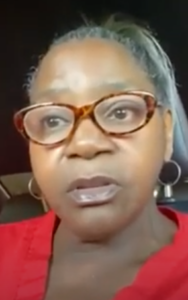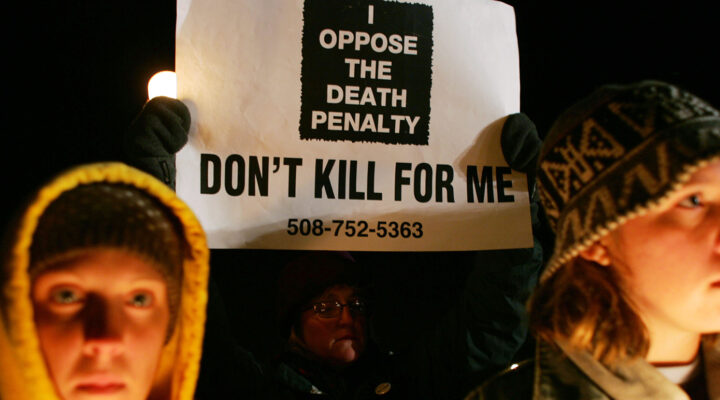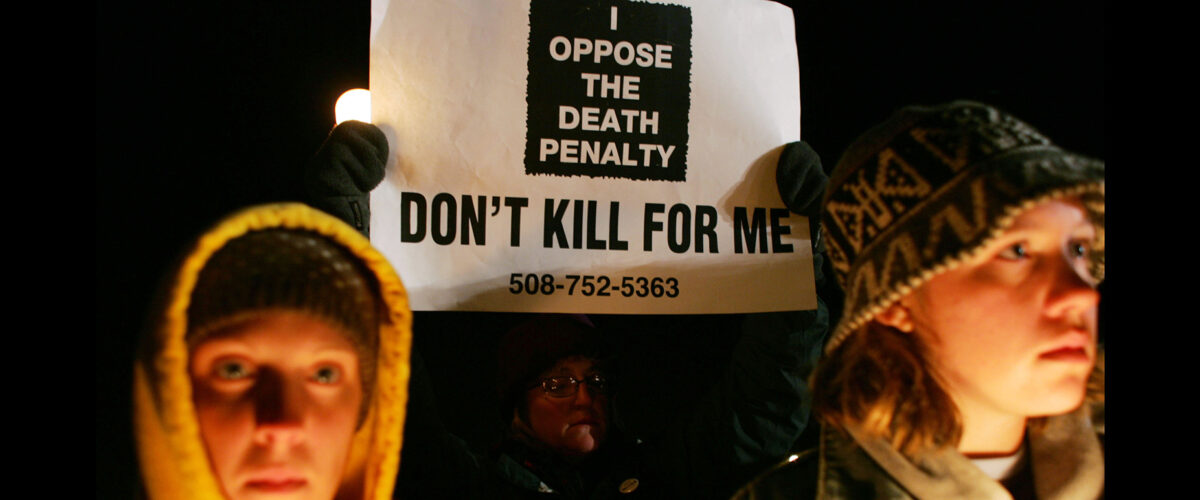Activists involved in the 2012 abolition of capital punishment in Connecticut say the perspectives of murder victims’ families was the key element in their campaign’s success.
Even Michael Lawlor, the state’s criminal justice “czar” at the time, confirmed that those testimonies made huge impressions on lawmakers and the media.

Michael Lawlor
“There were many arguments that were effective in abolishing the death penalty, but none was more effective than the authentic voices of individuals who had experienced these tragedies in their own lives. Not the families of the persons who had been condemned to death, but the families of the people who had been killed,” Lawlor said during a recent webinar sponsored by Equal Justice USA to celebrate the 10-year anniversary of the Connecticut victory it helped orchestrate.
Another goal of the virtual panel discussion hosted by EJUSA Executive Director Jamila Hodge was to share strategy ideas with anti-death-penalty movements in other states and to demonstrate that success often leads to changes in other areas of criminal justice.
Those changes have included mandatory minimum sentences for drug possession near school zones, raising the age of juvenile jurisdiction and changing all drug possession charges to misdemeanors, among others.
The families of murder victims were key in shaping the criminal justice reforms that followed the abolition of the death penalty in Connecticut, said Lawlor, a member of the state’s House of Representatives until 2011, when he became the governor’s undersecretary for criminal justice policy and planning.
“I think the voices of victims … have been in favor of progressive reforms for a system that has the goals of preventing crime, making sure other people don’t experience the kind of victimization that they themselves had experienced. To me, the end goal here is to have less crime.”
 Victoria Coward, a New Haven mother whose son was murdered in 2007, was one of many victims’ relatives who pressed state senators to abolish capital punishment. One of her main arguments: It would be hypocritical to do otherwise.
Victoria Coward, a New Haven mother whose son was murdered in 2007, was one of many victims’ relatives who pressed state senators to abolish capital punishment. One of her main arguments: It would be hypocritical to do otherwise.
“How am I going to get mad about somebody taking my son’s life, and now I want to take somebody else’s child’s life? The boy that murdered my son, he had a mother. I couldn’t live with myself if I took that life.”
“The boy that murdered my son, he had a mother. I couldn’t live with myself if I took that life.”
Coward said her message to politicians about murderers was powerfully simple: “Just put them in jail and let time do what it has to do. Let them live with what they did. I think the mind is a better source of getting at you than … just killing off people. You can’t kill everybody.”
She also opposed the death penalty because the millions of dollars it requires for incarceration and decades of appeals before execution. That money would be better spent providing financial and mental health assistance to victims’ relatives, she believes. Especially for those in urban areas.
“There’s a whole lot of inner-city families who don’t say anything about what they are feeling on the inside. They just go through it. It’s like a fog that you go through, and you just maneuver your way around life. It’s just so unfair. Especially these mothers and fathers who have young children and they have to work.”
Another criticism of state-sanctioned executions is that many have been improper, and often racist, applications of death penalty statutes, she and other panelists said.
Race was a high-profile issue in the Connecticut death penalty debate after the home-invasion murders of a white mother and her two daughters in 2007. The surviving father, a physician severely injured in the assault, actively opposed abolition, and a 2009 bill repealing the practice was vetoed as a result.
But the aftermath left Black victims feeling ignored because their cases rarely got such attention, said Coward, whose son was murdered shortly after the white family’s killing.
“It was tough because I felt like there was a lot of racism going on at the time, separating the urban community from the suburban. I felt a life is a life, period. He lost a family, but my son is just as important as his family.”

Kika Matos
Testimony from victims like Coward helped sell other elements of the campaign that eventually resulted in the 2012 repeal, said Kica Matos, vice president of initiatives at the Vera Institute of Justice and one of the leaders of the Connecticut anti-death-penalty movement.
It also was important to bring Black people into the leadership of the movement and to push the idea that executing prisoners does not make society safer, she said.
“The death penalty is deeply racist. It’s really expensive. It’s a punishment that focuses on violence. You remove the death penalty and you create space for conversations about reforms in the criminal legal system that actually have a chance at addressing the concerns of impacted communities and the concerns of victims’ families. There’s an opportunity to test and pilot viable strategies that get at both reducing crime, but also bringing resources to underserved communities that are the most impacted by crime.”
Matos added that abolitionists must work quietly to influence decision-makers while also being vocal when necessary: “We were loud. We were not afraid to turn the volume up. But we were working ferociously behind the scenes to make sure that both strategies were harmonious with each other.”
Lawlor added that it was the campaign’s victim-focused public-relations strategy that helped seal the eventual win.
“And I think that is a surprise to people, including journalists who are covering this stuff, which is the way the voice gets out into the community and then back to the elected officials. And there were so many journalists who were interested in learning more about the victim’s perspective. … It just changed the discussion around this whole thing.”
Related articles:
In Ohio, Republicans are leading the effort to abolish the death penalty
Panel of faith leaders will raise awareness of death penalty injustice
The death penalty is dying a slow death; it’s time we pull the plug | Opinion by Stephen Reeves


